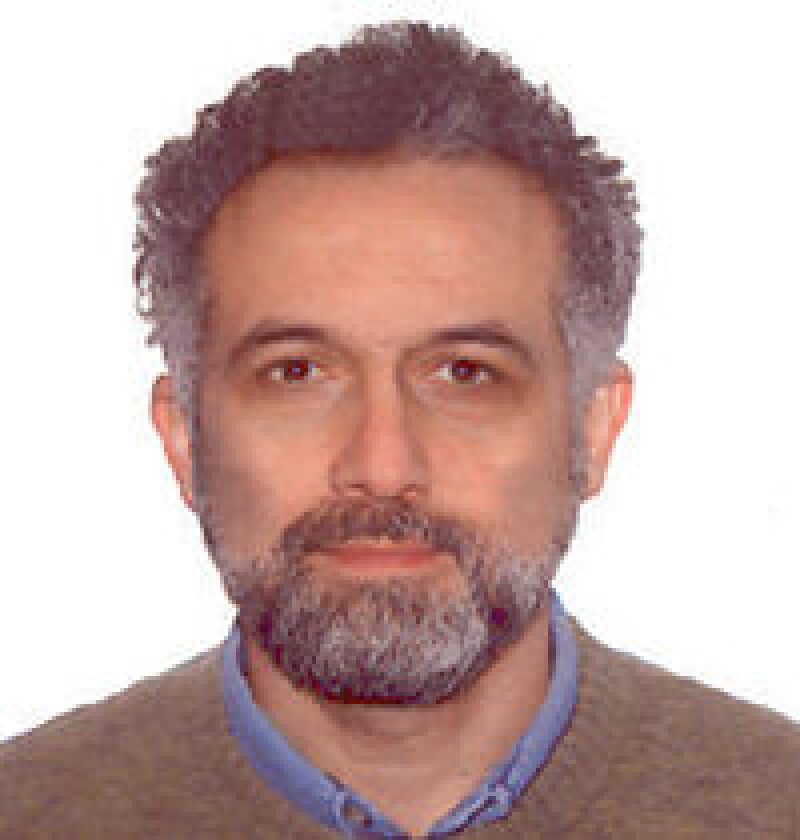Despite the recent downturn, a significant number of pilot- or demonstration-scale applications of existing technologies to develop new heavy-oil fields or new technologies to develop existing fields have been reported over the past year. I have selected two of them (SPE 184974 and SPE 184154) in this issue. While they might be projects that started a few years ago when oil prices were at a peak level, they are interesting and still relevant because the projects have continued and valuable results and observations have been shared.
Reported cases of cost-effective applications such as well stimulation using chemicals and solvents have also been prominent over the past few years. Well-based applications such as stimulation or production optimization (SPE 184094) are quite useful to improve the productivity in smaller fields. On the other hand, efforts on cost reduction in large-scale thermal projects were obvious. Yet, in laboratory-scale experimental investigations, observations on the use of nanoparticles (SPE 184117) and new-generation chemicals to improve the efficiency of large-scale thermal and nonthermal (mainly chemical flooding) applications are very promising. I also would like to mention high-tech imaging applications to map the heat distribution in field-scale applications (SPE 184971).
The areas listed seem to be the trend of new research studies and field applications along with optimization attempts on the basis of data-driven modeling. The focus will also be on new technology attempts toward the reduction of the cost of heavy-oil production, including lower-cost (solar panels) and in-situ steam generation (SPE 184118), minimizing steam needs by use of chemical additives and solvents (solvent-aided thermal—steam or electromagnetic—processes), and nonthermal applications (well stimulation by chemicals and solvents).
I hope to read more papers in the coming years on the philosophical approaches to describing the problems and limitations of existing solutions because complex heavy-oil applications still need more effort on model development and experimental data generation. I included SPE 185633 in this issue as a good example of this kind of attempt.
This Month's Technical Papers
Chemical Stimulation at a Heavy-Oil Field: Key Considerations, Work Flow, and Results
Cyclic Steam Stimulation Results in High Water Retention for Kuwaiti Heavy-Oil Field
Doctrines vs. Realities in Reservoir Engineering
Recommended Additional Reading
SPE 184118 In-Situ Steam Generation: A New Technology Application for Heavy-Oil Production by Ayman R. Al-Nakhli, Saudi Aramco, et al.
SPE 184117 Experimental Study for Enhancing Heavy-Oil Recovery by Nanofluid Followed by Steam Flooding NFSF by Osamah Alomair, Kuwait University, et al.
SPE 184094 Fluidic-Diode Autonomous Inflow-Control Device for Heavy-Oil Application by Georgina Corona, Halliburton, et al.
SPE 184971 Satellite Monitoring of Cyclic Steam Stimulation Without Corner Reflectors by Michael D. Henschel, MDA, et al.


